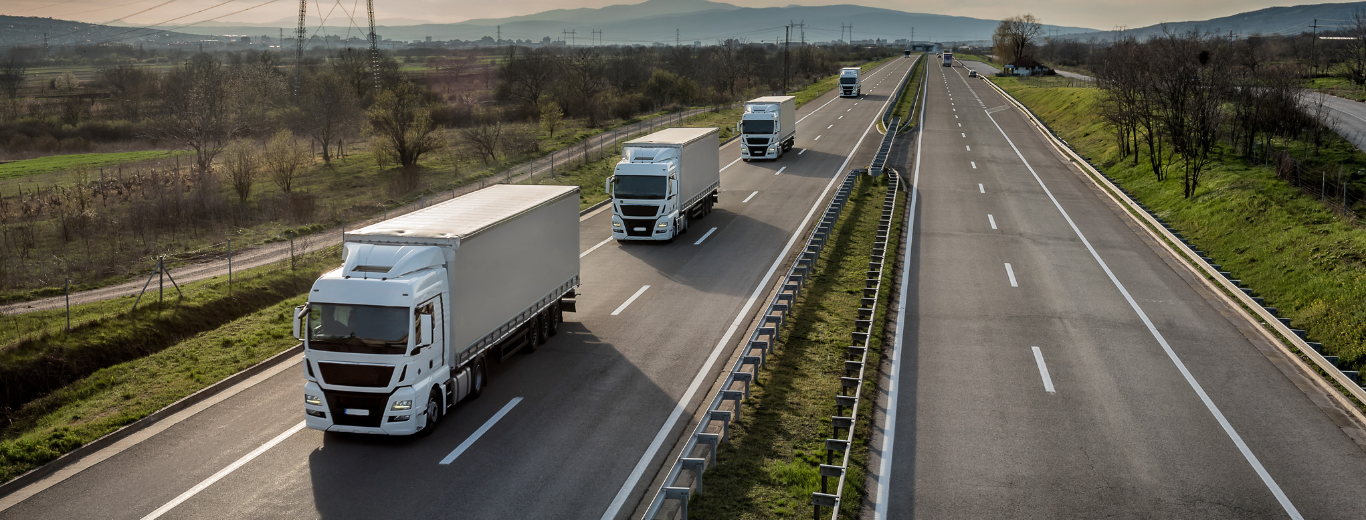Aileen Nowlan, Senior Manager, EDF+Business
This post originally appeared on EDF+Business.

With the click of a button, our groceries, clothes, personal care products, household items – just about anything – could arrive on our doorsteps in a neatly packaged cardboard box. It’s convenience, delivered. But at what cost?
What happens behind-the-scenes to get a package delivered to your door is taking a toll on our planet and our health. Freight is the fastest growing source of greenhouse gases and a major source of local air pollution. The rise in e-commerce is a growing part of increased pollution and poor air quality.
The truth is, “free shipping” isn’t really free. We’re just paying for it in other ways.
More packages means more trucks, more trucks means more pollution
If you were to ask someone what the number one environmental issue facing e-commerce was, chances are they’d say packaging. This makes sense – boxes are piling up in landfills and they are generating an enormous amount of waste. But another equally as important issue is worsening air pollution caused by long-distance shipping and last mile delivery moved by trucks. The problem is, air quality is a difficult issue to grasp given that it’s invisible to the eye. Nonetheless, it’s a growing challenge and it needs to be solved.
To better understand the air pollution problem, let’s break down the process of an online order. In a very abbreviated version, the order is placed, the product is packaged in the warehouse, it’s prepared for shipping and it’s sent out for delivery, chances are via a truck. Now multiply that process by 1.92 billion – the number of people who will buy something online this year – and imagine the transportation required to deliver all those orders.
Pollution caused by increased traffic is degrading our air quality, posing as a health risk for all of us. And, some groups are unfairly suffering the consequences more so than others.
- First, more children are battling asthma;
- Second, the majority of people are purchasing more products, but Black and Hispanic communities are disproportionately inhaling the pollution; and
- Third, rural communities are experiencing the highest growth in pollution and congestion.
So, suddenly the process behind getting a package to us – something we never thought twice about – is now an issue that we should all be concerned about.
The solution to the problem?
Fortunately, business can help clean the air by investing in zero-emissions shipping.
Take Etsy for example. Earlier this spring, after realizing that shipping is responsible for 98% of their carbon impact, the company announced zero emissions shipping, which it plans on meeting by purchasing offsets, with projects including wind power generation, forest protection and devising auto components that pollute less.
Etsy isn’t alone. IKEA has also committed to zero-emissions home delivery. FedEx and Ryder just teamed up to get 1000 electric vans on the road. Now Amazon, the largest online retailer, plans to eventually make all shipments carbon neutral and is aiming for half of its shipments to meet that goal by 2030.
Online retailers can also provide incentives to customers to encourage them to choose less impactful delivery options. The difference between four to five day shipping versus two-day or overnight can have an impact.
Combating air pollution requires all businesses to incorporate zero-emissions shipping into part of their strategy, on account of our planet, and our health.









